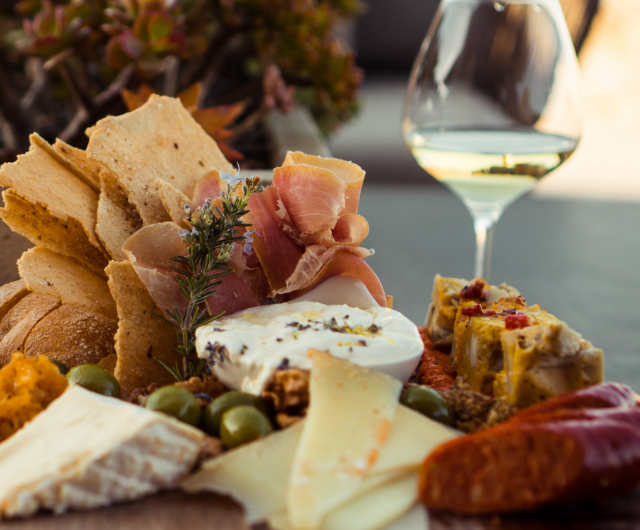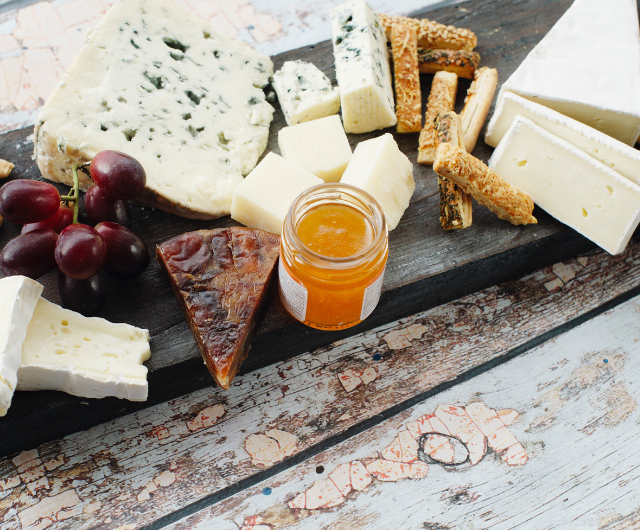An international initiative to preserve the right to use generic food names.
The Consortium for Common Food Names (CCFN) is an independent, international alliance whose goal is to work with leaders in agriculture, trade, and intellectual property rights to foster the adoption of high standards and model geographical indication guidelines throughout the world.
Executive Director: Jaime Castaneda
Chairman: Jeffrey Schwager, Sartori Cheese
Read the comments of some of our supporters.

Seeking the adoption of a fair model that both protects legitimate geographical indications while fighting the monopolization of generic names.
Everyone should have the right to use common names in marketing well-known, favorite foods. But that right is under threat. The Consortium for Common Food Names supports proper geographical indications (GIs) – names associated with specialized foods from regions throughout the world.
However, it opposes any attempt to monopolize common (generic) names that have become part of the public domain. The Consortium seeks to foster the adoption of an appropriate model for protecting both legitimate geographical indications and generic food names.

Our Mission
We’re working to protect the right to use common food names by:
- Informing consumer groups, farmer associations, food producers and agricultural, trade and intellectual property officials of the damage that will be caused in their own countries if efforts to restrict the use of common food names go unchecked;
- Working with these groups to protect common food names in domestic regulations and international agreements, and to challenge attempts by any group to monopolize generic names;
- Developing a clear and reasonable scope of protection for geographical indications by working with leaders in agriculture, trade and intellectual property rights; and
- Fostering adoption of high-standard and model GI guidelines throughout the world.
A Fair Model: Protecting common names and legitimate food-related GIs.
The Consortium believes several guidelines can be helpful in establishing a model that protects both common names and legitimate food-related GIs. Considerations include:
- Requiring that a GI include the name of the region or sub-region where the product is produced, and a second term that describes the product (e.g., “Camembert de Normandie”, “Idaho Potatoes,” etc.);
- Maintaining a strong tie to the full original GI by protecting the term only in its original language and in transliteration (e.g., “Parmigiano Reggiano”);
- Establishing reference points for identifying common names, such as existence of a Codex standard or other international standards; use of the term in dictionaries, newspapers, product descriptions in tariff schedules or in explanatory notes; levels and diffusion of global production; international trade; etc.;
- Providing the opportunity for stakeholders around the world to comment on GI applications to ensure that officials have fully considered the request and its impact on other farmers and food producers.
